Photos From a Perilous 464-Day Sled Journey Across the Frozen Arctic Ocean
At the North Pole on April 6, 1969. Left to right: Roy ‘Fritz’ Koerner, Ken Hedges, Allan Gill and expedition leader Sir Wally Herbert. Said Sir Wally of the journey, “It seemed like conquering a horizontal Everest.” (Photo: © 2015 The Wally Herbert Collection)
In 1962, Sir Walter “Wally” Herbert, the British polar explorer, began planning what some regarded as “the last great journey on earth”: a crossing by foot over the frozen Arctic Ocean, from Alaska to Norway. His preparations began in 1966 by spending four months in Greenland with the Inuit before crossing to Canada. As he left, the Inuit showed him a map on which they had marked all the places he was most likely to die.
On February 21, 1968, Sir Wally led the British Trans-Arctic Expedition from Point Barrow, Alaska. His team consisted of explorer Allan Gill, glaciologist Roy ‘Fritz’ Koerner and SAS Medic Dr. Ken Hedges, along with 40 huskies. The first part of the voyage was marked with a round the-clock watch over the shifting ice, where “mobility was our best guarantee of survival”. After crossing nearly 1,180 miles of drifting ice, they established a camp in the center of the Arctic Ocean, which became known as Meltville. The plan was to make two different encampments in summer and winter to account for the changes in the pack ice as they moved toward the North Pole.

The Arctic Ocean is the middle sea of a circumpolar landmass, some 5 million miles of shifting ice. This chart shows the meandering track of Sir Wally Herbert’s expedition, 1968–69. (Photo: © 2015 The Wally Herbert Collection)
But conditions were not in their favor. The ice-stream was drifting around the Pole, not towards it. They stayed at Meltville for 235 days, until February 1969, when the ice floe they were camped on shattered. For the next leg of their journey, the team travelled through temperatures averaging -40 degrees Fahrenheit, before finally reached the North Pole on April 6, 1969. Upon arrival in freezing conditions and wind, they planted a Union Jack and had a brief celebration with a beef stew. As the weather improved, they moved on to Svalbard, Norway, and completed their 3,800-mile expedition on May 29, 1969.
At the end of this extraordinary feat of endurance, Sir Wally and his team had spent 464 days on ice. They had lived with freezing temperatures, menacing polar bears and weeks of total darkness. The conditions of this treacherous journey and the desolate beauty of the frozen Arctic can been seen in a new book Across the Arctic Ocean: Original Photographs from the Last Great Polar Journey.

Like ‘astronauts who tread for the first time on some virgin planet, the British Trans-Arctic Expedition marched across a wasteland never crossed by man,’ wrote True Magazine. (Photo: © 2015 The Wally Herbert Collection)

Explorer Sir Wally Herbert in the early stages of his Arctic crossing, February 1968. (Photo: © 2015 The Wally Herbert Collection)
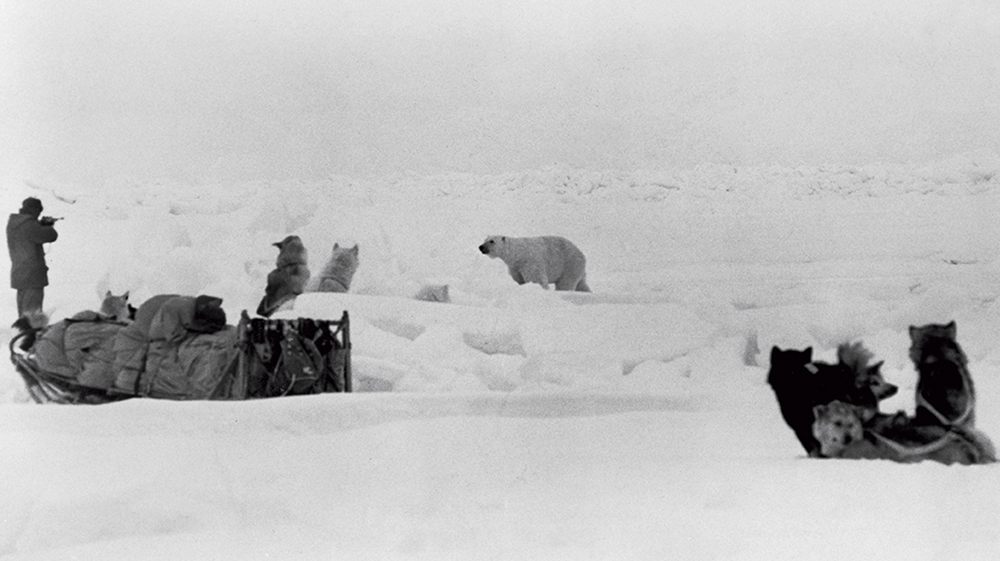
By May, ice conditions were extremely hazardous and the polar bears, menacing. This polar bear charged and was shot just 15 ft. away. (Photo: © 2015 The Wally Herbert Collection)
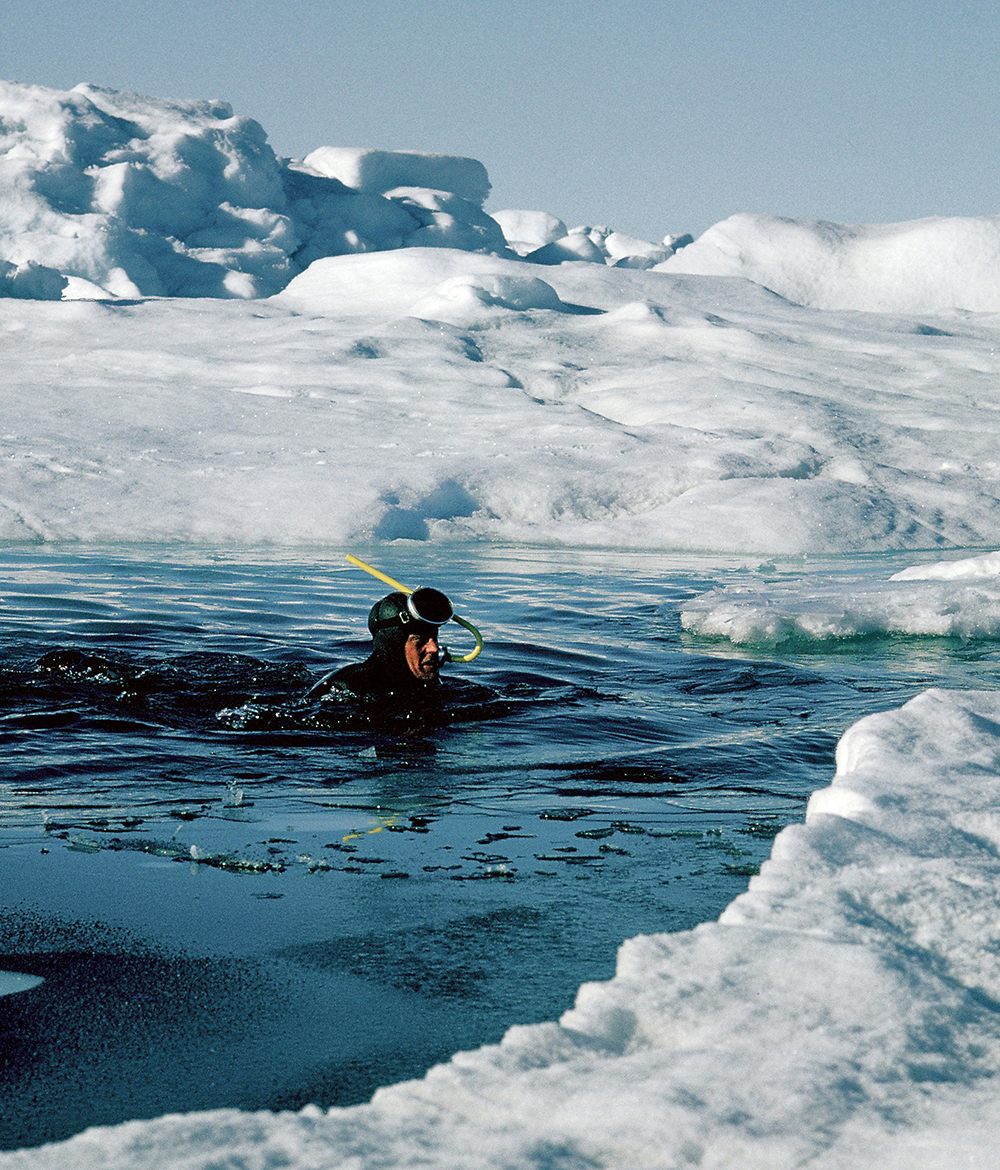
Roy ‘Fritz’ Koerner donned a wet suit to measure the underside of floes. His detailed study of the arctic ice during the journey was instrumental in subsequent climate change discussions. (Photo: © 2015 The Wally Herbert Collection)

Polar explorer Allan Gill. (Photo: © 2015 The Wally Herbert Collection)

As the group headed into March the sun rose ever higher. With the ice still hard and the days longer, this was a good time for sledging. (Photo: © 2015 The Wally Herbert Collection)

The story of Sir Wally Herbert’s Arctic expedition actually began in the ice of Antarctica, where he learned the skills of traveling by dog and sledge and navigating by the stars. (Photo: © 2015 The Wally Herbert Collection)

The Arctic Ocean is covered by a thin and brittle skin of ice, one of the most variable and unstable of all physical features on the Earth’s surface. (Photo: © 2015 The Wally Herbert Collection)
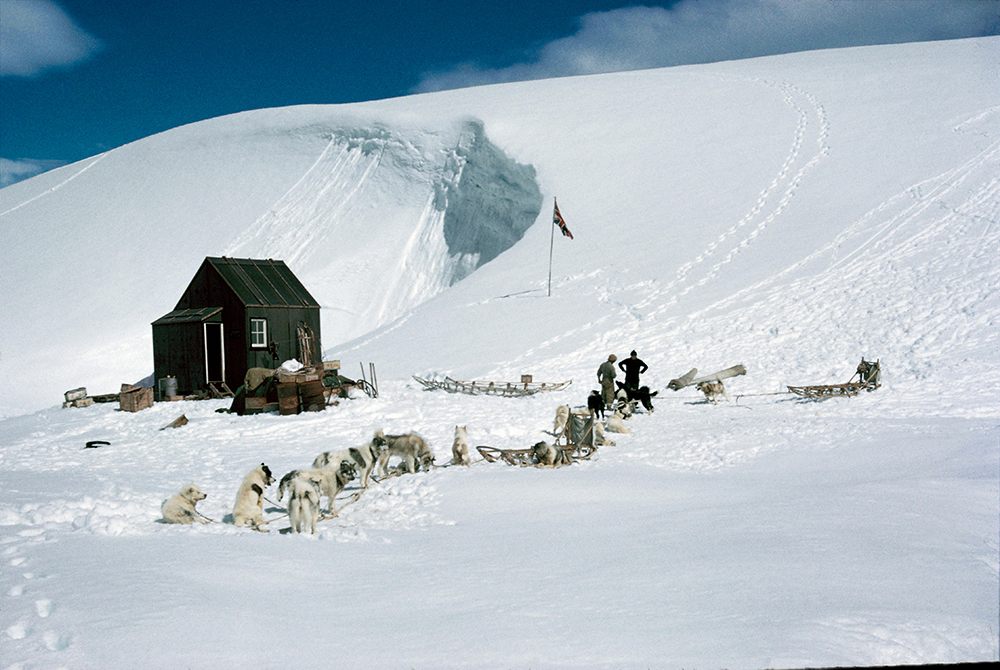
The Reclus hut was no more than a box—steeply roofed, with two windows, a door and three primus stoves. The group was stranded there for a month. (Photo: © 2015 The Wally Herbert Collection)
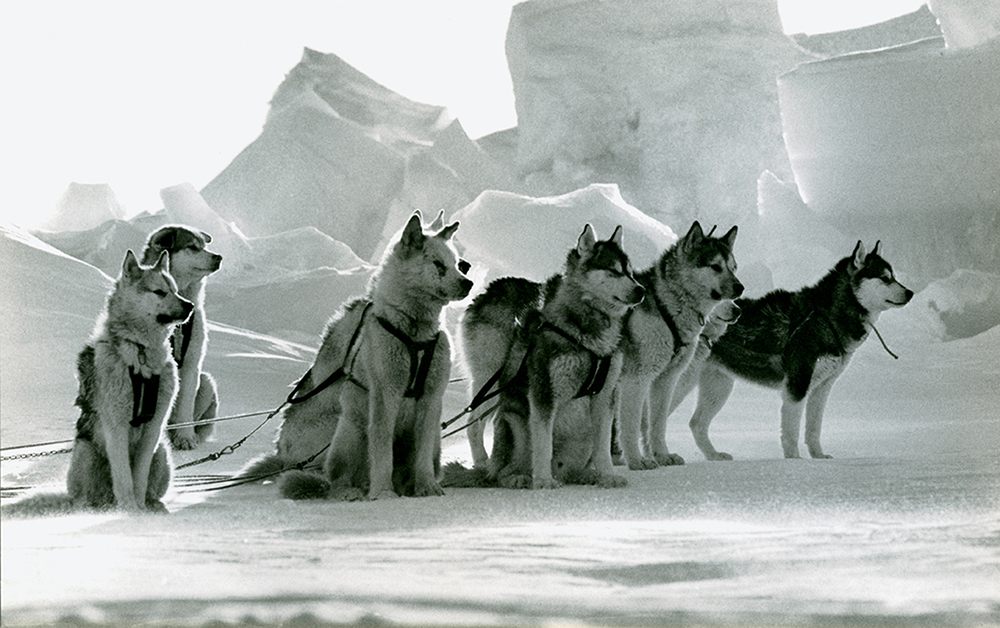
In the summer of 1960 Sir Wally Herbert had to scour the west coast of Greenland for dogs and persuade the Inuit hunters to sell them. He came to admire the Inuit greatly. (Photo: © 2015 The Wally Herbert Collection)
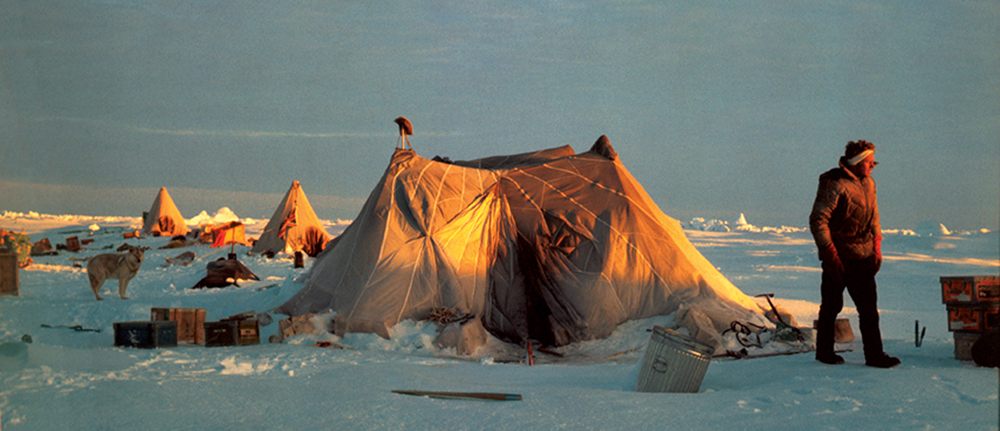
Roy ‘Fritz’ Koerner in front of ‘Meltville,’ the group’s insecure summer hamlet of two pyramid tents and large mess tent fashioned out of parachutes. (Photo: © 2015 The Wally Herbert Collection)

The journey that Sir Wally Herbert and his companions took has never been repeated. (Photo: © 2015 The Wally Herbert Collection)
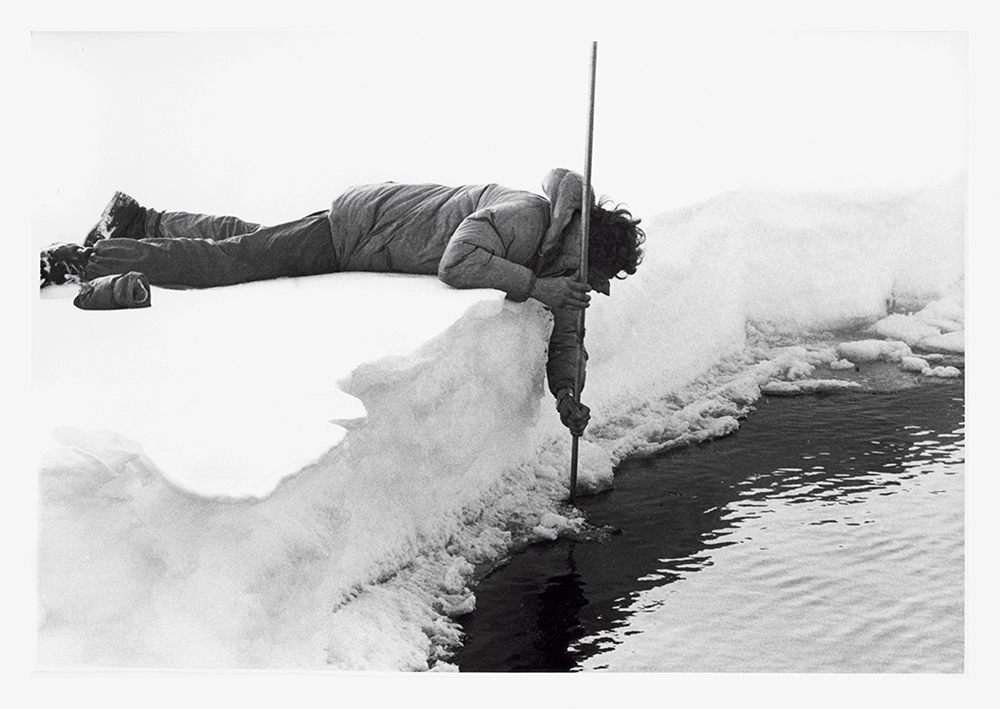
Roy ‘Fritz’ Koerner, the group’s expedition glaciologist, measuring the thickness of the floe. (Photo: © 2015 The Wally Herbert Collection)
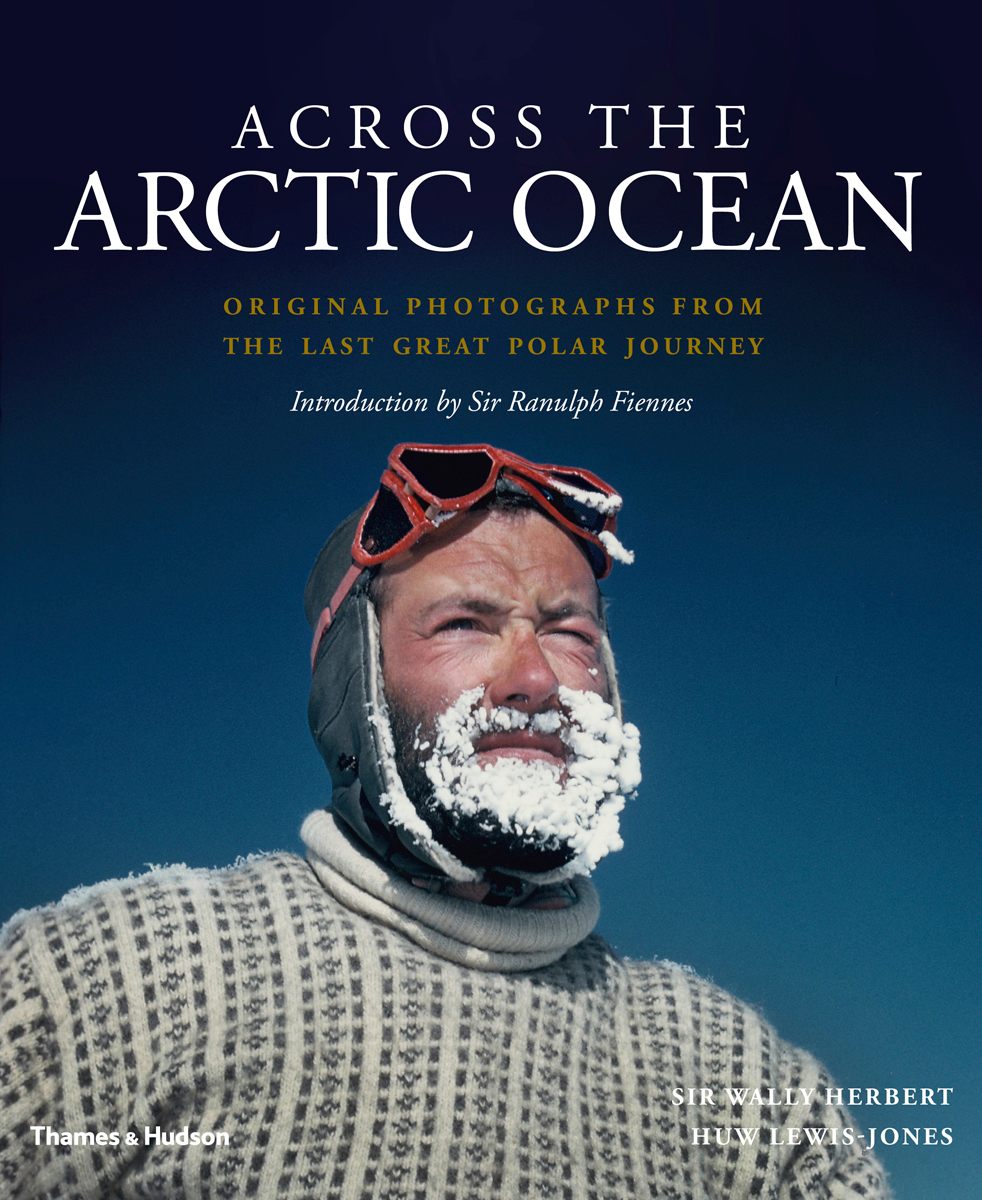
The cover of the book Across the Arctic Ocean: Original Photographs from the Last Great Polar Journey, published by Thames & Hudson. (Photo: Courtesy Thames & Hudson)









Follow us on Twitter to get the latest on the world's hidden wonders.
Like us on Facebook to get the latest on the world's hidden wonders.
Follow us on Twitter Like us on Facebook